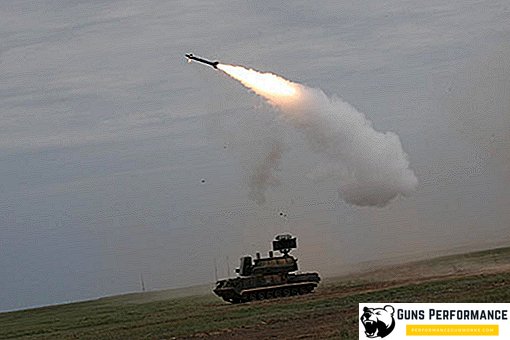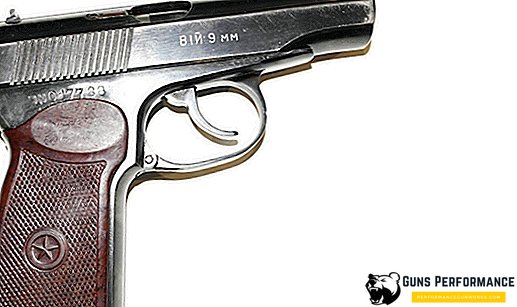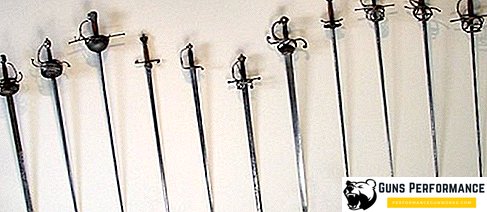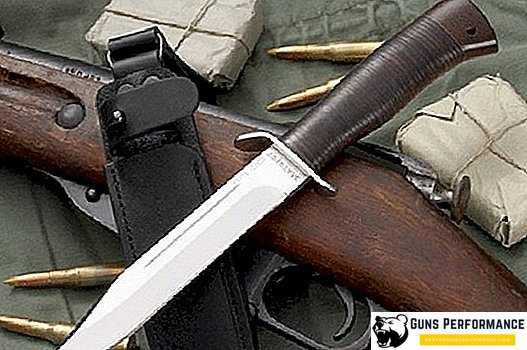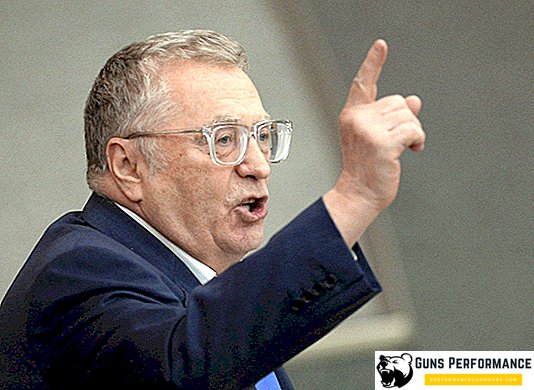The current foreign policy and economic environment suggests that in the coming years, the Russian Navy will be replenished mainly by small and medium-sized surface ships. This forces us to look for the unused opportunities to improve such ships and, above all, to increase their seaworthiness.
One of the main drawbacks of ships of small displacement is their low seaworthiness. For example, a surface ship with a displacement of about 1000 tons is “efficient” on a wave up to 2 m high, i.e. on the swell of 4 points on the Beaufort scale. It is clear that in most areas where such a ship should be used, the possibility of its effective use in such seaworthiness will be severely limited.
The way to solve the problem
However, the above applies only to ships of the traditional type. Since the last third of the 20th century, ships and ships with a fundamentally new form of contours have been actively investigated and started to be applied around the world: objects with a small waterline area. The essence of the difference of this form of contours from the traditional is clearly visible in Fig. one.
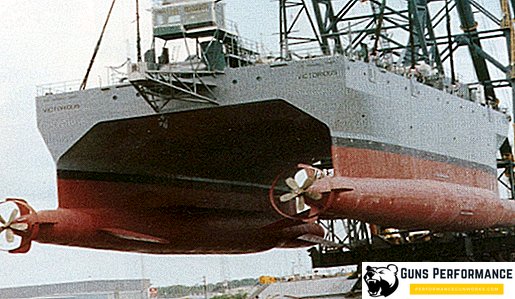
Reducing the width of the hull in the area of the estimated waterline and below it and gives a reduction in the area of the waterline. (Objects with such hulls can practically only be multi-hull, since a separate hull does not have shape stability.) The main underwater volume is called a gondola, or a pontoon, or simply a hull, and some of it is a stand. The rack can be divided in length into two or three parts.
Reducing the area of the waterline leads to a decrease in disturbing forces and moments, which is equivalent to reducing the pitching of all types, all other conditions being equal. Model and full-scale tests showed that a vessel with a small waterline area (MFS) has 5 to 15 times less rolling than a traditional vessel in displacement compared to a ship’s headwater. The magnitude of the reduction is directly proportional to the ratio of the areas of the waterlines. The video placed below allows you to see the behavior of small-tonnage vessels, ordinary and MUPW, built nearby by Abacking and Rasmussen:
In addition to high seaworthiness, the LMP, like all multi-hull objects, differs from single-hull with an increased deck area (relative to the displacement). This makes multihull vessels and ships most effective for those appointments that require a large area of decks (the so-called "capacity carriers", "capacity carriers"). These include modern surface ships.
Practical experience
The construction of the MPS began, according to the author, from the Dutch Duplus drilling vessel, whose name was proposed to designate the two-body MPS with one long stand on each hull. But the most illustrative were the field tests of the experimental USMW CMS, the Caymalino, fig. 2
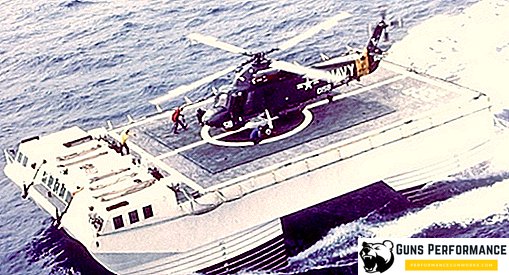
This vessel with a displacement of about 200 tons was tested at sea near a traditional coast guard boat and a traditional frigate with a displacement of about 3,000 tons. It turned out that, for example, the conditions of take-off and landing of a helicopter on such an SMPV are better than on a frigate ).
Since then, several dozen SMPVs of various displacement and purpose, mainly double-hull, have been built. Some examples of such ships are shown below.
Among those built are the Japanese passenger ferry Cayo with a displacement of about 300 tons at a speed of 30 knots, fig. 3
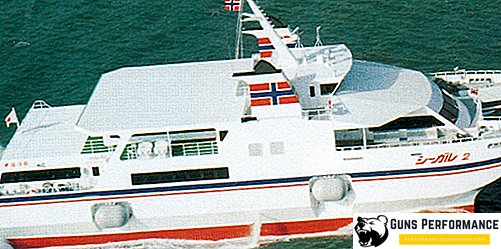
This ferry operates on the excitement of 5 points at full speed with 1% of passengers suffering from seasickness. Obviously, no other type of displacement vessel can provide such a result.
In addition to passenger ships, the MEPV is very effective as research, patrol and other ships and vessels, which, having a small displacement, should stay as long as possible at sea, while at the same time getting into quite harsh wind-wave conditions. Figure 4 shows the research US MIPO.
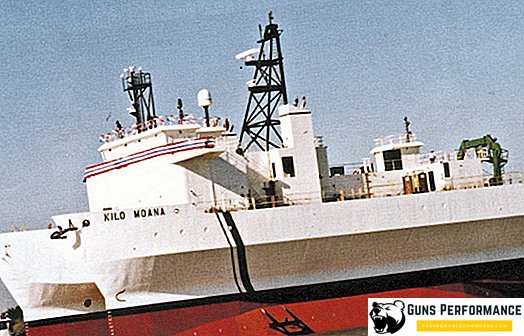
This figure allows you to notice another feature of the LMP: a small amount of racks allows you to change the draft (within their height), using a very small amount of water ballast. This makes it possible not only to visit shallow enough ports, but also to reduce towing resistance on calm water - with a draft to the top of the gondolas.
A unique example of an LMP is the USS Xedow experimental vessel, Fig. five.
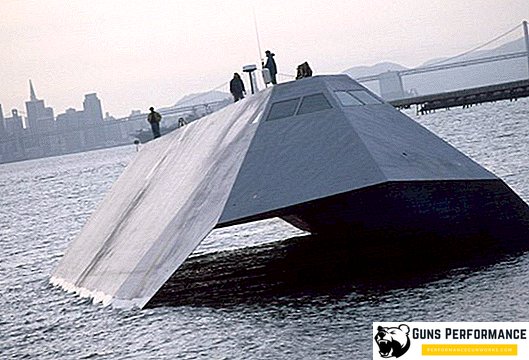
(Along the way, it should be noted that this is an extremely irrational vessel - with almost no upper deck! - the radar didn’t actually register even with a direct view at 2 cable distances, but this did not make it invisible: it produced a spot moving across the screen, empty from glare caused by waves. )
According to the author, the largest cruise ship "Radisson Diamond" built in Finland, fig. 6
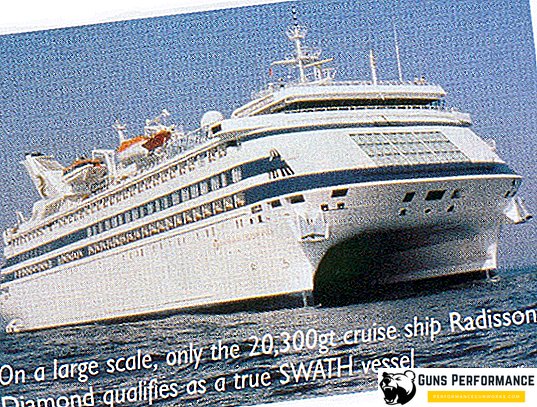
It should be noted that the owners of this vessel showed off the “largest in the world” rudder rolls. And they boasted completely in vain, because at a speed of 12 knots no area of rudders-dampers would ensure their high efficiency ...
However, the mention of the stabilizers pitching in connection with the MIPS arose quite naturally. The fact is that both the contours themselves and the usually accepted ratios of the MELS hulls lead to low pitching damping. And this, in turn, leads to large amplitudes of longitudinal pitching on the associated waves, in resonant modes for the MEMF.
In addition to double-hulled, recently began to build and SMPV with outriggers, rice. 7
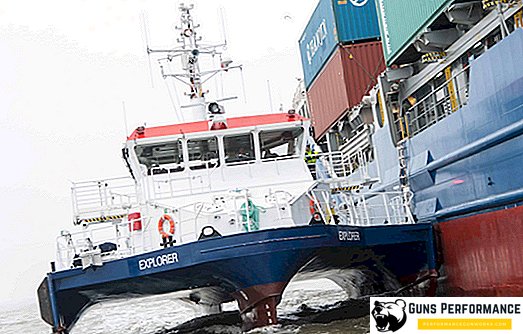
disadvantages
The main advantage of the MPS in terms of overcoming pitching is the small area of the waterline, which significantly reduces the longitudinal stability, which is one of the main drawbacks in terms of an emergency landing: to make it acceptable, it is desirable to fill part of the end compartments with non-combustible light foam.
In addition, reduced longitudinal stability leads to resonant pitching with large amplitudes (but small accelerations) at the tail wave and near-course angles. In addition to avoiding associated excitement, this usually requires the presence of a system of calm roll, as a rule - automatically controlled wings. To reduce the pitching of low-speed MPS or vessels parked at sea, it seems most effective to use air-activated tanks. Today, such pitching pacifiers are applied on a new (traditional) vessel — an armament transport. The same system will be effective for moderating the pitching motion on the MMP, it can also be used as a ballast to change the draft of a vessel of this type.
The third disadvantage of the LMP is the increased mass of hull structures with respect to displacement, which is largely associated with one of the advantages - an increased deck area.
World experience suggests that the architectural-constructive type of vessels with a small waterline area is very effective for solving some problems, especially for light-tonnage vessels. This allows us to recommend the design of light-duty NC in the version with a small waterline area, at least - as an alternative to the traditional one.



